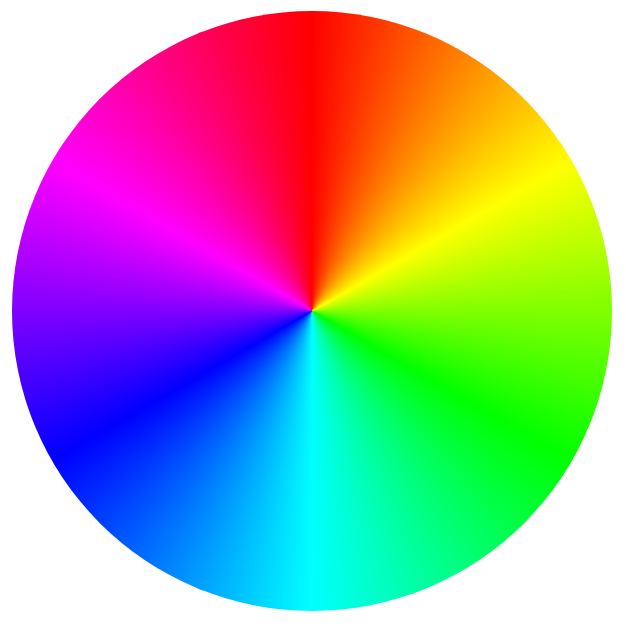Colors are the unsung hero of interior design. They influence our mood, productivity, and energy levels. The color scheme is the primary element that determines the overall appearance and provides aesthetic appeal. Each color scheme denotes a specific mood and can be used to make your environment according to the character of the space. This article provides some insight into color psychology and how it affects the overall appearance.
Warm Colors:
Warm colors include red, yellow, and orange. These colors are linked to increased activity and enthusiasm.
Red:
Red is the color of passion and evokes excitement. It also represents sensuality and power. Red is often used in working spaces and home offices as it is linked with increased energy which leads to improved work performance. It also increases appetite and is used in many restaurants. You can paint your kitchen and dining room red to enhance your appetite.
Do not use it in areas where you want to relax and spend some downtime such as the bedroom, bathroom, or living room. It is recommended to avoid using the color red in small spaces as it will make the interiors seem overwhelming and exhausting.
Yellow:
Yellow is another warm color that makes your living space brighter and exudes feelings of joy. It is also known as a mood booster and makes you more optimistic. Yellow is the best alternative for spaces where natural light is not received. However, it does not provide calmness and should be avoided in bedrooms. You can paint your living room yellow to make it more welcoming for guests.
Avoid overusing yellow as it can be an agitating color. The two most trendy shades of yellow include golden and mustard. Both shades are known to create a regal effect in your living space. You can buy some furniture in yellow for your living space to get an adequate amount of the color yellow without going overboard. Browse the wide collection of living room furniture from homesdirect365 to get trendy furniture for your space.
Orange:
The color orange is the epitome of fun and enthusiasm. The bright color affects energy levels and increases creativity. Multiple pieces of research have shown that it provides a physical effect that plays an important role in increasing the oxygen supply to the brain which in turn makes you happier and more open to socialization. You can paint your home gym orange to get more motivated for physical exercise. Brighter shades of orange can be painful to the eyes. But, milder shades like apricot and peach are easier on the eyes.
Cold Colors:
Cold colors exude feelings of relaxation and calmness. Blue and green are the most common colors used in interior design to make homes cozier.
Blue:
Blue is considered one of the top choices for living spaces. It is linked with increased calmness and reportedly enhances intelligence. Hence, it is ideal for a study room where you want to do your intellectual work. Studies have shown that the blue color can also help in reducing anxiety and is beneficial for mental health. It is often used in bedrooms and bathrooms to make the environment soothing and pleasant. Darker tones of blue often represent masculinity while lighter shades represent femininity.
Green:
Green represents freshness and balance in nature. It is the color of nature and brings the same character to interior design. It is the color of hope and enhances the feeling of safety. Deeper shades of green are known to add intensity and are ideal for home offices or dens. Lighter shades are less exciting and promote tranquility. Hence green is often used in the living room or bedroom. Feel free to experiment with various shades to find the right one for your living space.
Hybrid Colors:
As the name suggests, hybrid colors lie in between the cold and warm shades. This category includes pink and purple colors.
Purple:
Purple is considered a royal color and provides a regal appearance to the interiors. It is known to boost creativity and inspiration but is not much utilized in interior designing. It is the ideal choice for an art room and workspace. Purple provides a luxurious appeal to your house. But can be overwhelming if used in excess. It is recommended to include lighter shades such as lavender in the interiors for a playful effect.
Pink:
Pink was linked with the feminine character in the past but is now considered one of the most popular choices for interior design. It exudes love and care. Lighter shades of pink are still linked to femininity while the darker shades are used to enhance and highlight the various designs.
Neutral Colors:
Black and white are considered neutral colors or non-colors.
Black:
The color black exudes power and sophistication. But it is scarcely used in paint as it can give darker vibes making you depressed and melancholic. It is often used in combination with other colors such as white to give a classy look. Most people prefer black furniture as it is a safe option and never gets outdated.
White:
White is the color of purity and cleanliness. The majority of people consider it a modern color and ideal for a minimalist appearance. However, it can create a clinical appearance if used in excess. It is advised to use various color combinations along with white to get a minimal yet elegant look. White paint is a popular choice for ceilings. It is also ideal for small spaces as it makes them seem more spacious and less cluttered.
Conclusion:
Let’s hope that the home improvement guide helps you understand various color schemes and how they affect the overall appearance of your house. An interior designer can help you choose the right color scheme according to your taste and requirements. But if you wish to revamp or decorate your house on your own, then read various color guides online to figure out the best combination. Visiting places with varying color schemes can help you visualize the appearance of your home. Keep searching and experimenting to find the right fit for you.




